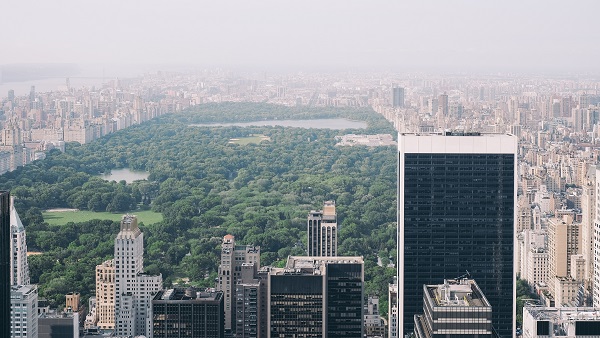As more and more city dwellers are saying goodbye to urban life and flocking to the countryside, it seems that high cost of living is just the tip of the iceberg when it comes to relocating. The world’s busiest cities are slowly losing their popularity and a great exodus pushes people in search of a simpler, quieter lifestyle.
In spite of this transition, however, cities are just as crowded and urban life doesn’t show any signs of slowing down. A U.N. report estimates that by the year 2050, 66% of the world’s population will be living in cities and most of these people are likely to experience mental health issues caused by the urban jungle.
The scientific community has investigated the negative effects that cities have on mental health for several decades now, but only recently have they started to understand the full extent and implications of the damage.
According to recent studies, urban dwellers are 40% more likely to develop depression and 50% more likely to become schizophrenic. At the same time, people who live in the city suffer from more stress, are under more pressure compared to those who live in the countryside and struggle with anxiety more often.
Another interesting recent find is that the harmful effects of city life are not limited to adults; a British analysis conducted on over 2000 children revealed that kids growing up in the city had double the risk of displaying psychotic symptoms at the age of 12.
Why do cities affect us so much?
For years now, living in the city has been associated with success, influence, accomplishment and a higher standard of living. However, the way cities are built and their mechanisms take a toll on our mental health.

The first and most obvious factor is pollution. It is no longer a secret that air pollution is linked to high mortality rates, but new evidence also shows that people who live in highly polluted cities also experience more mental health issues (anxiety, depression, psychosis) and even have a higher suicide rate. In light of these recent findings, urban developers are focusing more on air quality and try to design green, pro-social places to counteract the negative effects of factories and chemical plants. London, Vienna and Copenhagen are three great case studies on how to balance industrial progress with green living without endangering the inhabitants’ wellbeing.
Growing up, kids are also exposed to an environment that can later influence their mental health. Namely, living in disadvantaged and violent neighborhoods, or communities that do not encourage collaboration and mutual respect. According to James Kirkbride from University College London, improving environmental factors during childhood is the only way we can control the onset of mental illness later on.
Then, there is the huge influence of urban architecture on mental health. Although there are hundreds of thousands of cities in the world, only a handful can truly be called beautiful and those are mostly built in ancient or medieval times. The modern world definitely possesses the means and knowledge to create beautiful buildings, but it seems that from the 1950s onwards, architects have chosen function over style.
Skyscrapers and tall concrete blocks allow hundreds of people to live and work in the same place, but the design of these buildings does not match the definition of beauty that our brains have evolved to have. Excessive order, too much regularity in design, monochrome color palettes and lack of creativity in design makes us feel bleak and bored. In the long run, living and working in such buildings increases anxiety and depression, especially if they are not surrounded by enough green recreational areas. Green spaces play a crucial part in cities; apart from improving the mood of city dwellers, they also reduce greenhouse gases and make the air cooler in summer.
Can wellness thrive in the big city?

Yes, it can. It’s not necessary to move into the countryside and give up the perks of living in the city. Even though on an individual level you have no control over the degree of pollution in your city, you can incorporate small lifestyle changes that will improve your mood and reduce the risk of mental health issues:
- Pay more attention to indoor air quality. As much as outdoor air pollution may be too blame, in many cities, indoor pollution is even worse. Invest in an air quality testing kit and a dehumidifier and you will notice an improvement within a few days. Additionally, you can buy more plants that improve air quality, such as Dracaena and Aloe Vera.
- Spend more time in nature. Walk to work if possible, go on walks more often and explore the green areas in your city. At work, spend your lunch break in the nearest green space.
- Insulate your home. Poorly insulated windows and doors can become a problem in heavily polluted cities, because toxic particles can enter through the gaps and cause many health problems.
- Get involved. Now more than ever, it’s essential that city dwellers made their voice heard and get involved in the community. Talk to the local government, sign petitions, engage in volunteering actions that include planting trees or cleaning the city.


